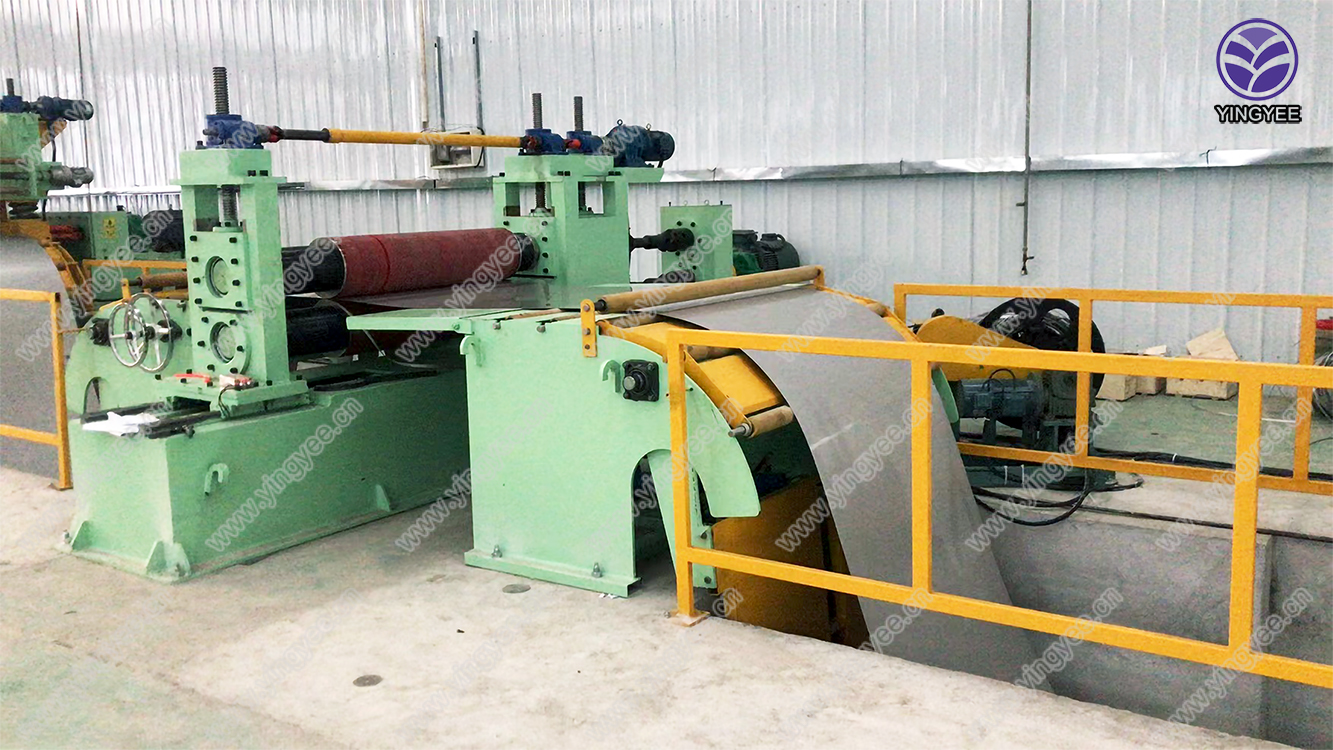
The Purling Roll Forming Machine Revolutionizing Metal Fabrication
The Purling Roll Forming Machine is a pivotal piece of equipment in the field of metal fabrication, specifically designed to produce purlins—critical structural components used predominantly in the construction industry. Purlins are horizontal beams that support roofs and walls, making them essential in the construction of warehouses, factories, and various commercial buildings. This article delves into the operational principles, advantages, and applications of the purling roll forming machine, highlighting its significance in modern manufacturing processes.
At its core, the purling roll forming machine operates on a simple yet effective principle the continuous shaping of metal strips into desired profiles. The process begins with a flat metal sheet, usually made of steel or aluminum, which is fed into the machine. Through a series of rollers and dies, the machine gradually bends and shapes the material into the specified purlin profile, which can vary depending on design requirements. This continuous process ensures high efficiency and consistency in the production of purlins, a marked improvement over traditional manual methods.
One of the primary advantages of using a purling roll forming machine is the efficiency it brings to the production line. The automated process allows manufacturers to produce large quantities of purlins in a relatively short amount of time, significantly reducing labor costs and increasing output. Additionally, the precision with which the machine operates ensures that each purlin meets stringent dimensional and quality standards, minimizing waste and the need for secondary operations like cutting or welding. This level of precision is not easily achievable with conventional fabrication methods.

Moreover, the versatility of the purling roll forming machine is a major asset. These machines can be customized to create various purlin profiles, including C, Z, and U shapes, depending on the specific requirements of a project. This adaptability allows manufacturers to cater to a wide range of clients, from construction companies to specialized fabricators, all while maintaining efficiency and cost-effectiveness. Additionally, advancements in technology have led to the development of portable and compact machines that can be used on-site, further enhancing their utility.
The applications of purling roll forming machines extend beyond the construction of buildings. They are also utilized in the manufacturing of various steel structures, such as carports, agricultural buildings, and industrial sheds. As the demand for prefabricated and modular structures grows, the importance of purlins in supporting these designs cannot be overstated. By providing a lightweight yet strong solution for structural support, purlins play a crucial role in the evolving landscape of construction.
Furthermore, the growing trend toward sustainability in construction has highlighted the benefits of integrating a purling roll forming machine into manufacturing processes. The production of purlins using this technology often results in less scrap material and energy consumption compared to traditional methods. This aligns with the industry's move towards more environmentally friendly practices, offering a pathway to more sustainable construction.
In conclusion, the purling roll forming machine is an innovative and essential tool in modern metal fabrication. Its ability to produce high-quality, customized purlins efficiently and sustainably makes it a valuable asset in the construction industry. As technology continues to advance, we can expect further enhancements in roll forming processes, leading to even more applications and improved efficiencies. Embracing these machines not only meets current market demands but also positions manufacturers at the forefront of the evolving landscape of construction and manufacturing technologies.